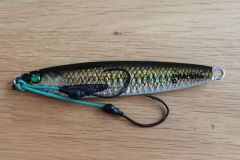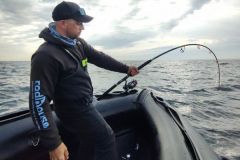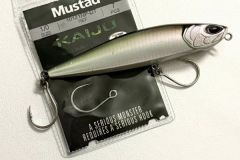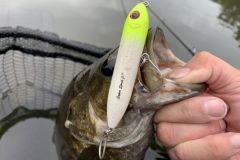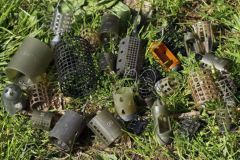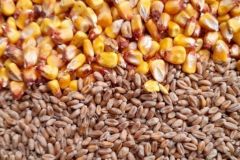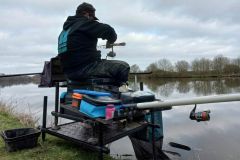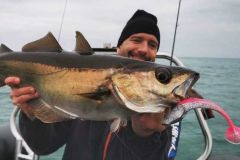Landing a big fish at the end of a fight or missing a few hits are so frustrating. Let's go straight to the heart of how to "think feeder" and get away from the strike and the English, in order to increase our efficiency.
Fine, medium or large iron?
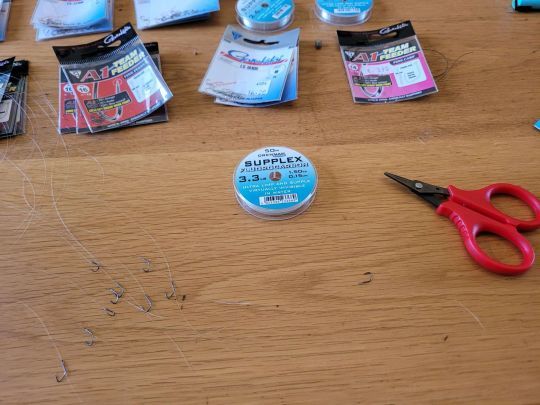
In fact, the most important thing here is to adapt your leader to your equipment upstream, to the rod in particular. From experience, I can advise you to forget your ultra-fine iron hooks from the strike fishing, because they will generate too many stalls and will not resist to the rather rough treatments of the feeder.
With a big rod, you choose the diameter of the rubber band according to the fish you want to catch and the weight of the float, while with a feeder, you choose the rod and tip adapted to the weight to be cast and the wind/current ratio. Even with the most flexible feeder rods, you will not get the shock absorption capacity of a thin and not very tense elastic.
I would add that the harder the rod and the heavier the fishing, the stronger the pressure on the hook and the higher the risk of stalling. And this, without counting the action of the feeder which, by swinging in the air during the last moments of the fight, tends to tear the hook from the mouth of the fish.
These are excellent reasons to never fish too thin and never use too small hooks, even if there are exceptions, which are rare by definition.
How to choose a hook for feeder fishing?
Apart from a bad shoeing or a breakage, the loss of a fish in the middle of a fight is due to two causes:
- Firstly, the hook lacks rigidity (too thin or badly tempered) and has opened under traction.
- Second, his iron was too thin, but hard, and cut the lip of the fish under pressure.
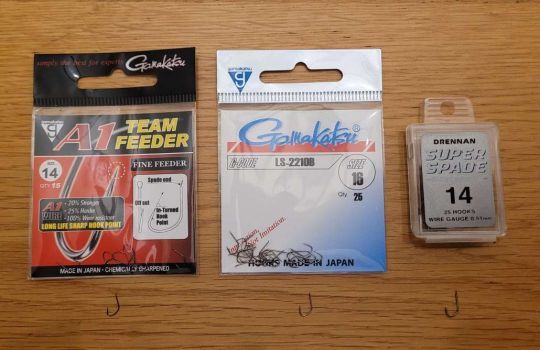
It is also known that a light hook allows to have more bites by improving the presentation of the bait. Therefore, by increasing the diameter of the hook iron, without increasing the size of the hook, you increase the contact surface with the fish flesh. This allows you to apply more pressure on the line and reliably bring the fish to the net, without much increase in weight. The best of both worlds. That being said, short and medium shanked hooks are still compact, fairly light and have always seemed to me to drop off the fish less than long shanked ones.
Eliminate hooks that are too thin and/or too small (18, 20, 22, etc.). Don't worry, because I do 85% of my fishing with 16, 14 and 12, mounted on fluorocarbon from 12 to 17/100.
Using a softer rod and a looser brake are also valid answers, but not always applicable.
Some examples of hooks
- Gamakatsu 1810 from 16 to 12 (small size): for the finest fishing and to be used only with rods soft enough
- Gamakatsu 2210 from 18 to 14, or even 12 (it is a bit big): the most versatile, solid and light, works almost everywhere and with almost all baits
- Drennan Super Spade from 14 to 8: for current and big fish fishing in natural areas

 /
/ 


